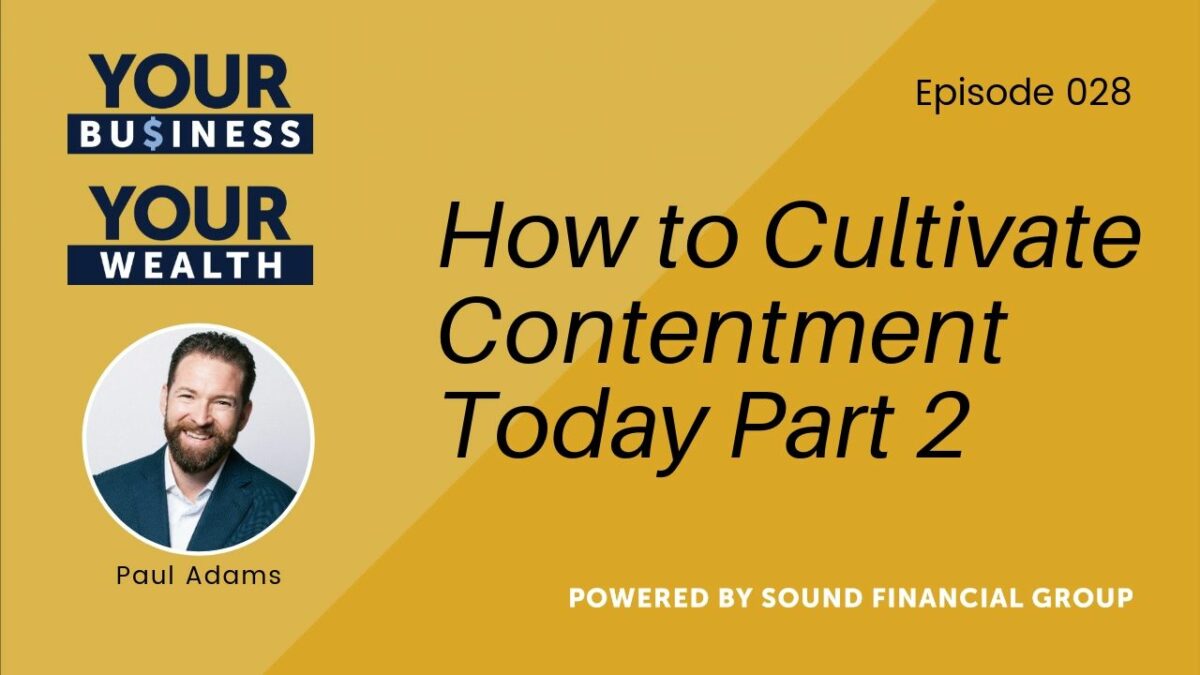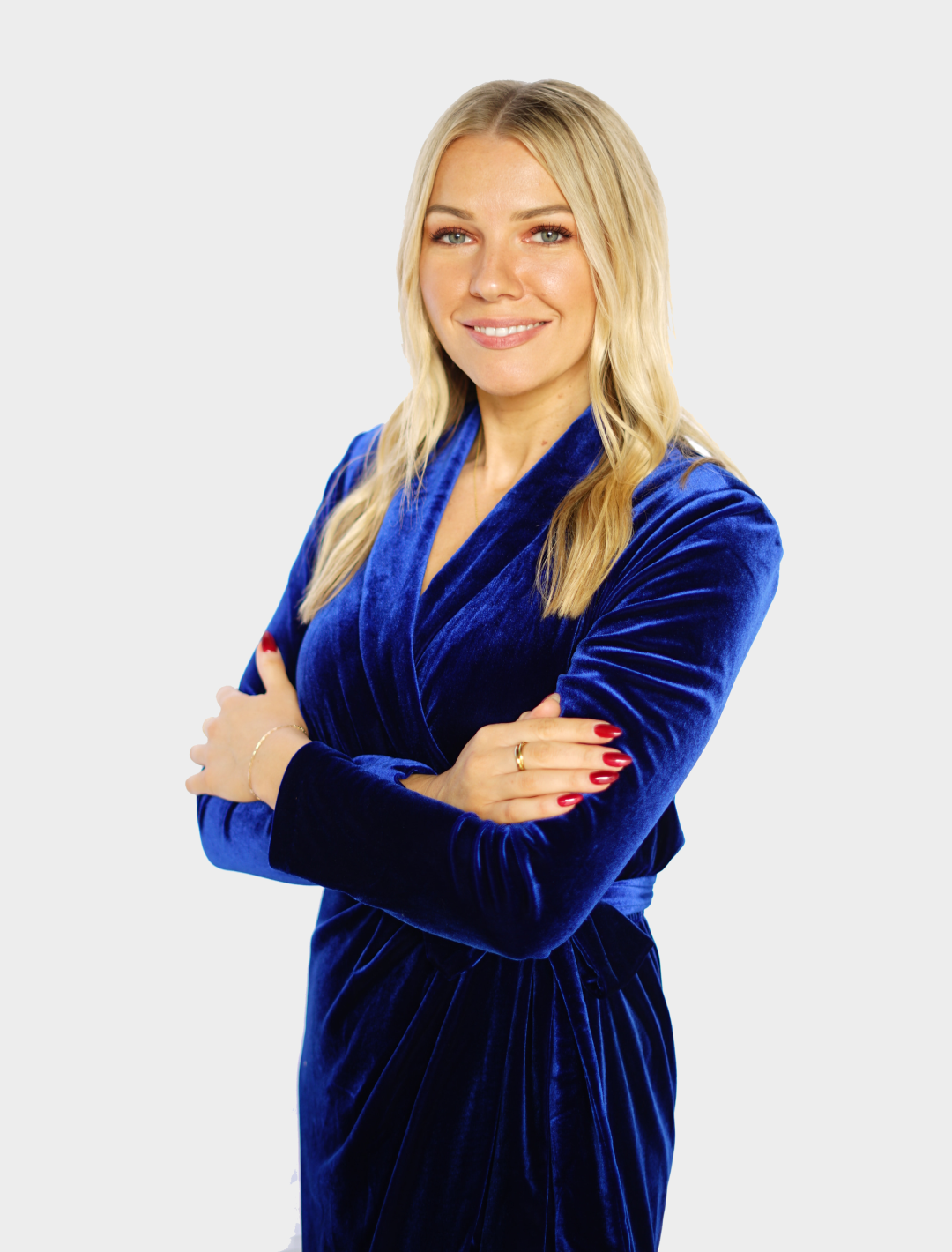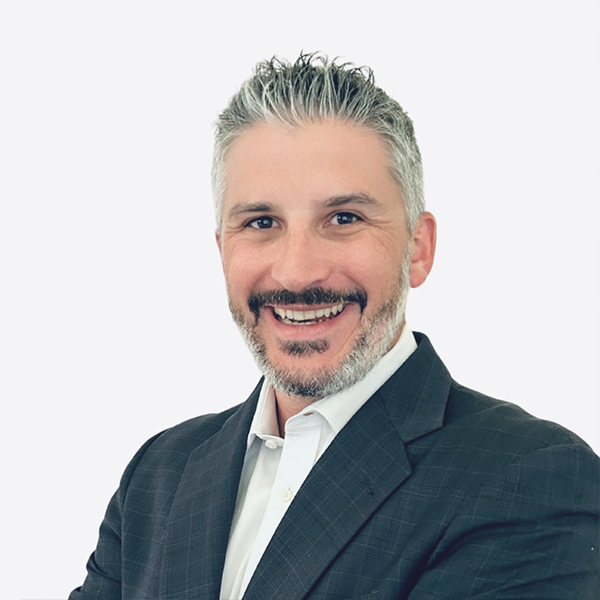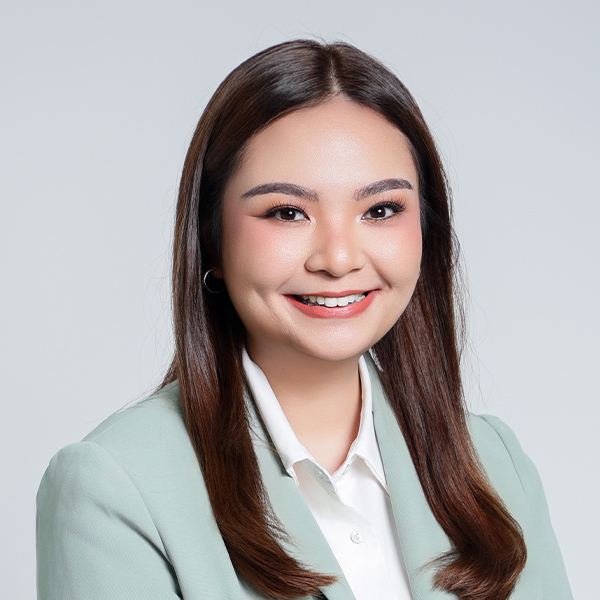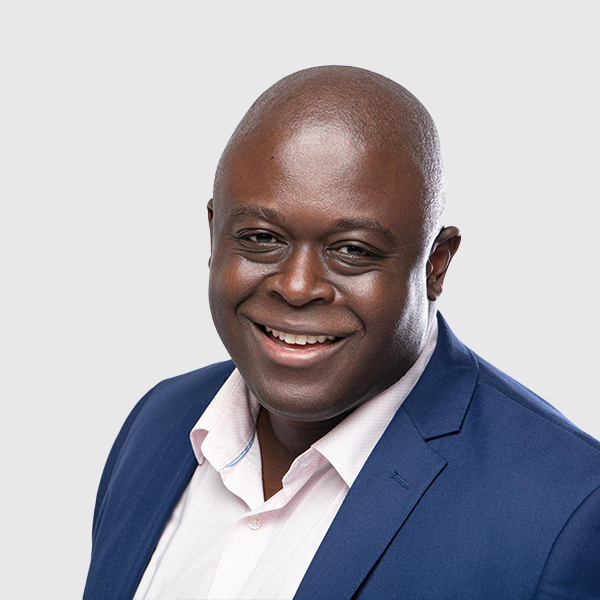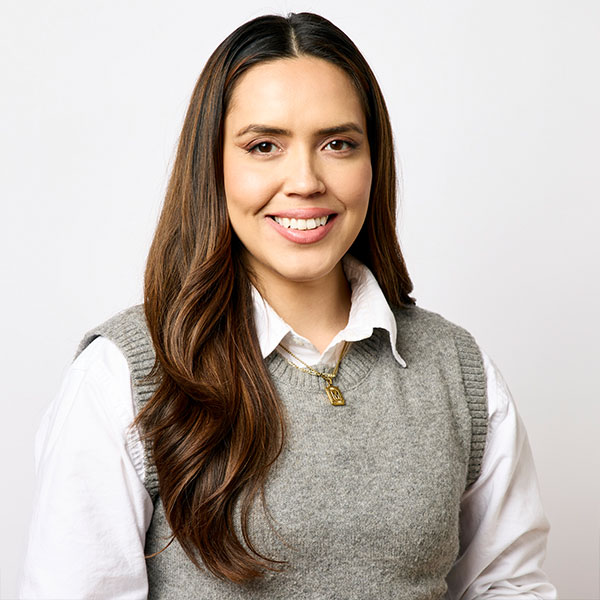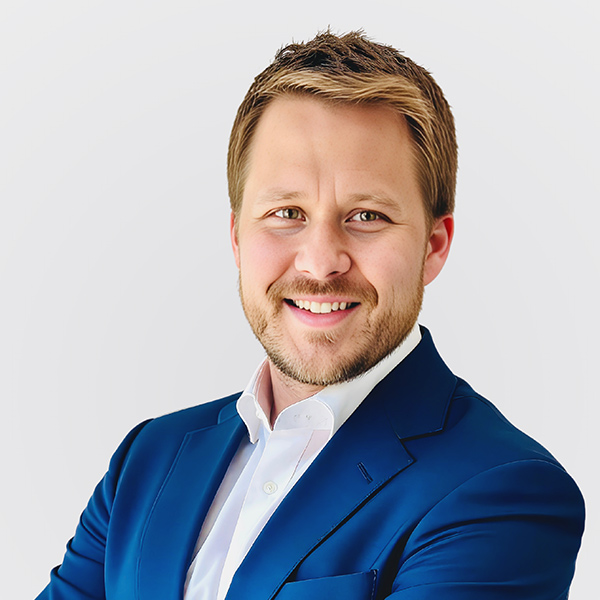Podcast Episode 28: Cultivate Contentment Today Part 2
LISTEN HERE
EPISODE SUMMARY
Paul continues his discussion on how to cultivate contentment in today’s podcast. Be sure to listen to episode 27, to get filled in on why you maybe shouldn’t purchase that dream car or yacht. Paul stresses the importance of the lifestyle you want vs. the lifestyle you can afford. What are the minimum requirements to living a good life? When you’re able to observe your own financial habits, you are able to see the habits of others too. And, when you do the math, you’ll quickly realize your neighbors aren’t able to afford the lifestyle they’ve created for themselves.
WHAT WAS COVERED
- 01:10 – We’re going to continue last week’s talk on how to cultivate contentment.
- 01:35 – You have to design your financial future.
- 02:35 – What does your lifestyle need to look like for you to have a good life? You need to hash out the details.
- 03:15 – By knowing these details, you will know the income it takes to support this lifestyle.
- 03:50 – People who believe what they have now isn’t enough, are usually discontent trying to chase the next thing.
- 04:15 – Design the life ahead of time, before the market designs it for you.
- 04:40 – Get your spouse involved with these conversations.
- 05:15 – When you are able to examine your money habits, you’re also able to observe the habits of others.
- 05:30 – People who don’t think or plan about their financial future, are often not aware of how much they ‘really’ have.
- 07:15 – By knowing your financial future and by knowing how much you need to save to have a sustainable retirement, you end up not becoming jealous of other people’s wealth. Statistically speaking, they canno
- 09:05 – Does the money you spend even produce contentment in your life?
- 09:25 – Are you just chasing a lifestyle that you can’t afford?
- 11:20 – You don’t need to be frugal in order to live out this financial philosophy.
- 11:40 – The end result is for you to be free. For you to realize you don’t have to upgrade your lifestyle every year. For you to make the choice to step back and say no.
TWEETABLES
“You start to realize how everybody around you is, frankly, flat busted.”
SHARE THE SHOW
Did you enjoy the show? We would love it if you subscribed today and left us a 5-star review!
- Click this link – Sound Financial Bites
- Click on the ‘Subscribe’ button below the artwork
- Go to the ‘Ratings and Reviews’ section
- Click on ‘Write a Review’
RELATED LINKS
MUSIC CREDITS
“Legends Are Made” Copyright 2017. Music, arrangement and lyrics by Sam Tinnesz, Savage Youth Music Publishing SESAC and Matt Bronleewe, UNSECRET Songs SESAC
EPISODE TRANSCRIPT – FORMATTED PDF
EPISODE TRANSCRIPT – ORIGINAL TEXT
PRODUCTION CREDITS
Podcast production and marketing by FullCast
Recorded using Switcher Studio: [email protected]

